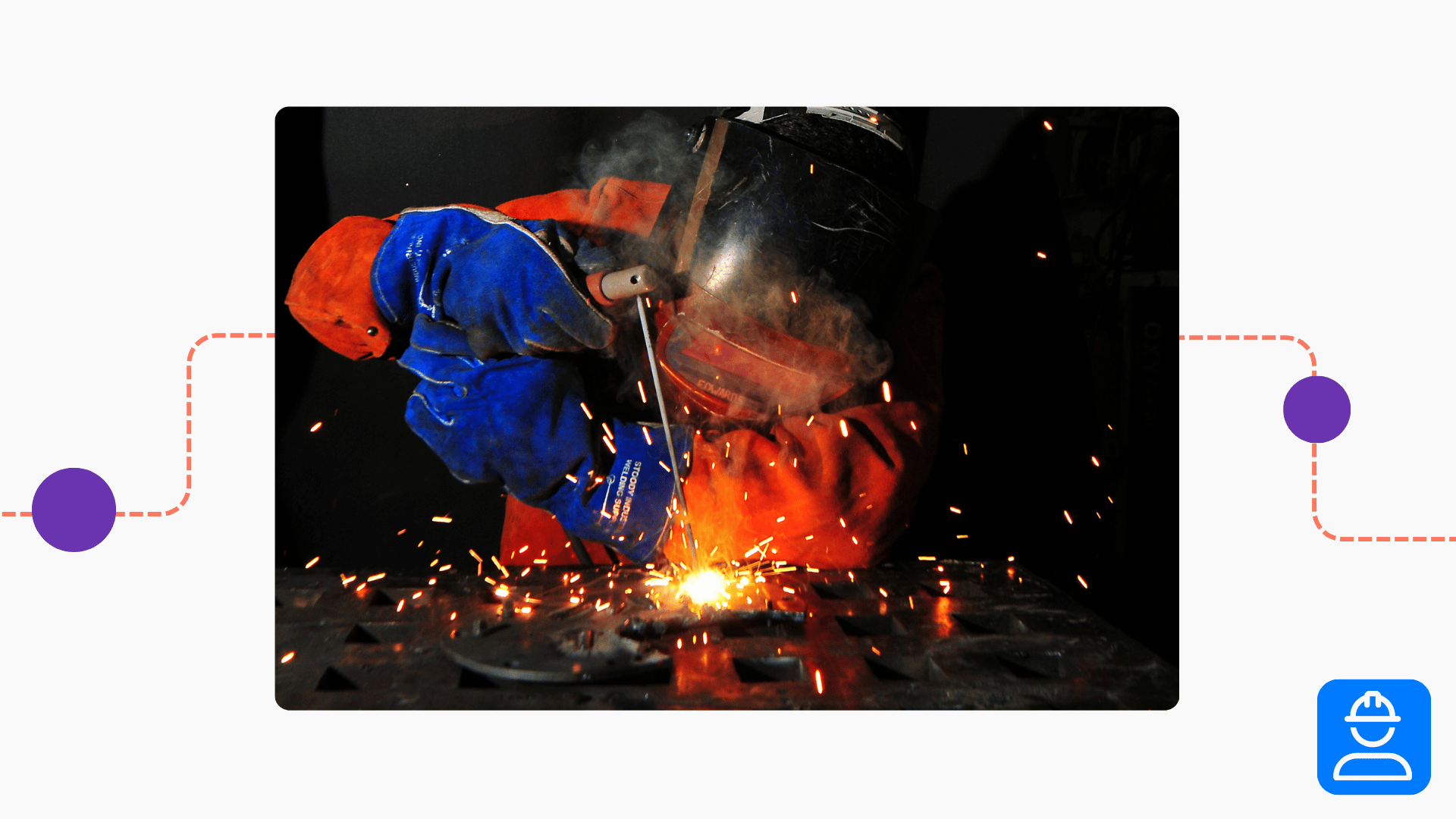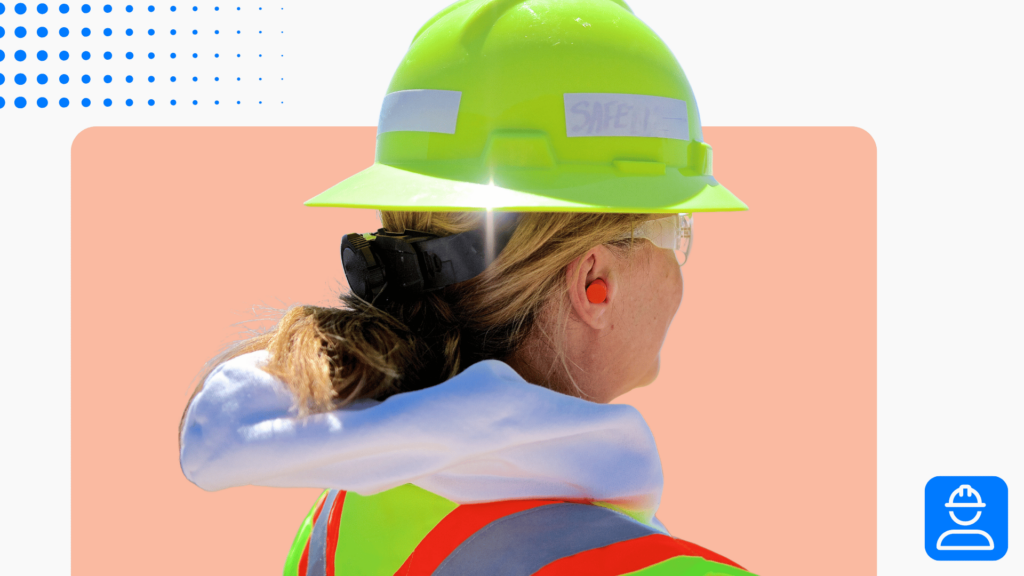Hot work activities like welding, soldering, cutting, brazing, and grinding pose several safety risks. Conducting this hot work toolbox talk is an easy way to remind your workers of the precautions they should take when performing these tasks.
Hot work toolbox talk overview
This toolbox talk will go over:
- Hot work risks
- Preparing for hot work
- Safety precautions to take
The key to hot work safety is securing the work area both before and after you’re done. By taking the right precautions, you can prevent injuries and major safety incidents and get your work done more efficiently as well.
Hot work safety risks
There are many risks associated with hot work, including burns, explosions, fires, and toxic fumes (among others). Sparks, open flames, and gases can cause these incidents, especially if you don’t remove flammable hazards from the work area.
The only way to prevent injuries and incidents is to control as many of these risks as possible before you begin hot work activities.
Preparing for hot work
You need a permit to enter a hot work zone. The purpose of a hot work permit is to make sure that anyone in the area is qualified to perform hot work activities like welding, soldering, grinding, etc.
You’ll also need to make sure you have the right PPE for the work you’re doing. Gloves, shields, respirators, and masks are a couple of examples. Make sure you do an inspection to look for damage to the PPE and to double check that it fits properly.
Safety precautions to take
Once you enter the work area, you need to check for potential safety hazards. This includes flammable substances like dust, debris, and chemicals, as well as electrical hazards.
Be sure to remove or relocate any of these hazards. A good practice is to make sure there are no combustible materials within 35 feet of the area.
Here are some other precautions to take:
- Inspect the work area’s fire extinguisher to make sure it’s ready for use.
- Keep fire-resistant blankets and screens nearby in case you need to block sparks.
- Check that the work area has sufficient ventilation to reduce toxic fume exposure.
- Install gas detectors to monitor the air quality while you’re working.
- Avoid performing hot work activities in confined spaces.
Of course, if you find hazards you can’t control or eliminate, report them to your direct supervisor or the safety team ASAP.



